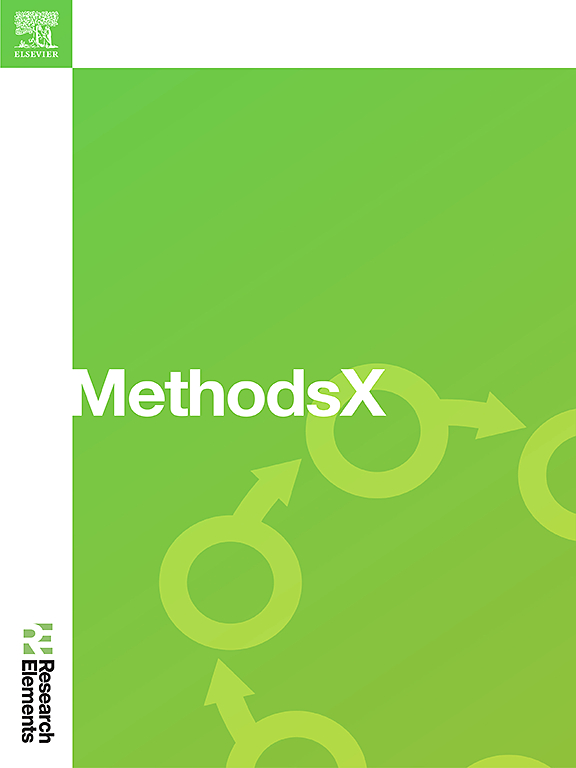Retinal fundus imaging-based diabetic retinopathy classification using transfer learning and fennec fox optimization
IF 1.6
Q2 MULTIDISCIPLINARY SCIENCES
引用次数: 0
Abstract
Diabetic retinopathy (DR) is a serious complication of diabetes that can result in vision loss if untreated, often progressing silently without warning symptoms. Elevated blood glucose levels damage the retina's microvasculature, initiating the condition. Early detection through retinal fundus imaging, supported by timely analysis and treatment, is critical for managing DR effectively. However, manually inspecting these images is a labour-intensive and time-consuming process, making computer-aided diagnosis (CAD) systems invaluable in supporting ophthalmologists.
This research introduces the Fundus Imaging Diabetic Retinopathy Classification using Deep Learning and Fennec Fox Optimization (FIDRC-DLFFO) model, which automates the identification and classification of DR. The model integrates several advanced techniques to enhance performance and accuracy.
- 1.The proposed FIDRC-DLFFO model automates DR detection and classification by combining median filtering for noise reduction, Inception-ResNet-v2 for feature extraction, and a gated recurrent unit (GRU) for classification.
- 2.Fennec Fox Optimization (FFO) fine-tunes the GRU hyperparameters, boosting classification accuracy, with its effectiveness demonstrated on benchmark datasets.
- 3.The results provide insights into the model's effectiveness and potential for real-world application.

基于视网膜眼底成像的糖尿病视网膜病变的转移学习和耳廓狐优化分类
糖尿病视网膜病变(DR)是糖尿病的一种严重并发症,如果不治疗可导致视力丧失,通常在无症状的情况下悄无声息地发展。血糖水平升高会损害视网膜的微血管,从而引发糖尿病。通过视网膜眼底成像进行早期发现,并辅以及时的分析和治疗,是有效管理视网膜病变的关键。然而,人工检查这些图像是一个劳动密集型和耗时的过程,使得计算机辅助诊断(CAD)系统在支持眼科医生方面非常宝贵。本研究引入了基于深度学习和Fennec Fox优化的眼底成像糖尿病视网膜病变分类(FIDRC-DLFFO)模型,该模型集成了多种先进技术,以提高性能和准确性。提出的FIDRC-DLFFO模型通过结合中值滤波降噪、Inception-ResNet-v2特征提取和门控循环单元(GRU)进行分类,实现了DR检测和分类的自动化。Fennec Fox Optimization (FFO)对GRU超参数进行微调,提高了分类精度,并在基准数据集上证明了其有效性。结果提供了对模型的有效性和实际应用潜力的见解。
本文章由计算机程序翻译,如有差异,请以英文原文为准。
求助全文
约1分钟内获得全文
求助全文
来源期刊

MethodsX
Health Professions-Medical Laboratory Technology
CiteScore
3.60
自引率
5.30%
发文量
314
审稿时长
7 weeks
期刊介绍:
 求助内容:
求助内容: 应助结果提醒方式:
应助结果提醒方式:


